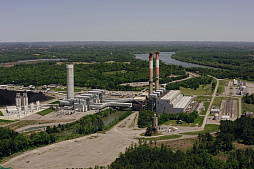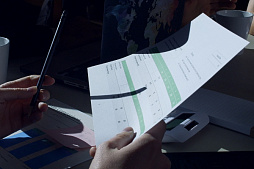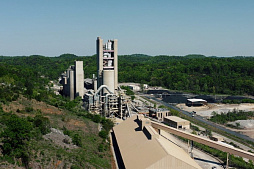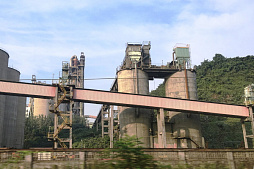To consider an application for financing, fill out the form and send it to us by e-mail along with the project brief, or contact our experts
A high-quality financial model helps cement companies raise funds from the most appropriate sources, as well as provides firm control over the management of the facility and its cash flows.
The essence of financial modeling in the cement industry
The modern cement industry is considered to be very capital intensive, with costs rising as new technologies are introduced and environmental regulations become more stringent.This places high demands on the qualifications of teams developing financial models for enterprises in this industry.
The financial model of a cement plant is a set of interrelated indicators that characterize its business activities.
The purpose of its development is to create a flexible model that allows the financial team to calculate the impact of certain changes on the financial health of the company and project performance at any time.
That is why the model is filled not with specific indicators, but with equations and calculation formulas so that all dependent characteristics of the project are automatically recalculated after changing the initial data.
This is necessary to work out different scenarios.
This structure consists of indicators calculated on the basis of financial and non-financial data.
An important goal of a financial model is to make a forecast of the state of the business and evaluate its changes within a given period.
In addition to financial indicators, which are the main ones, this scheme may also include physical indicators. For example, volumes of production or sales of various types of cement products, clinker consumption, energy consumption, etc.
For young companies with ambitious projects, financial modeling is a critical planning tool that determines the feasibility of launching a project and attracting investments, the effectiveness of a company's operations, and the viability of a development strategy.
The absence of a comprehensive model is fraught with negative consequences such as unreasonable costs, high cost of capital raised, or the complete failure of a business idea.
The financial model demonstrates the current state of the enterprise and the expected course of its development. It is difficult to predict the future of the cement industry for many years to come. But building a financial model will give managers ample opportunity to understand the strengths and weaknesses of the project, as well as suggest ways to optimize costs and increase profits.
Functions and objectives of the financial model
There are more than a dozen areas where financial modeling has been used.In particular, financial models are used in project finance (PF), budgeting, project management, M&A, audit, marketing and asset management of cement industry enterprises.
The role of the financial model is to show the most accurate analytical data on various situations that in one way or another affect the further management decisions.
Other functions of financial modeling are listed below:
• Analysis of the financial model of the project, assessment of the financial condition and its prospects, comparison of participants' expectations and actual results, coordination of the work of departments to achieve fixed goals.
• Analysis of the situation and identification of opportunities for more efficient use of resources at the disposal of the company.
• Identification of critical parameters of the project, in which the economic value of the business increases or decreases (profitability, break-even points, etc.).
• Visual assessment of the risk level and identification of critical business parameters for control and monitoring.
• Identification of the direction of prompt response to changes in external and internal factors.
• Evaluating investment performance (including IRR, NPV and PB).
• A clear understanding of the total value of the business.
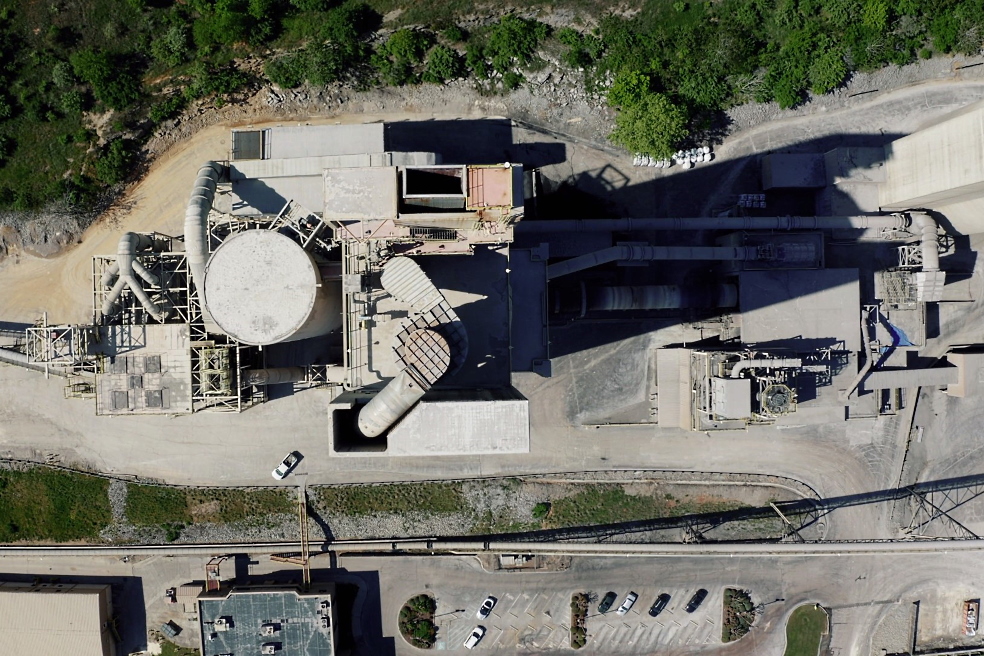
The table below shows some of the goals that project participants pursue when building a financial model. Understanding these goals at the initial stage of the project greatly reduces the risk of errors, loss of capital and its inefficient use.
Table: Objectives of the financial model of a cement plant.
| # | Objectives | Brief description |
| 1 | Rationale for the project | The financial model clearly demonstrates the sources of income and expenses, market size and other performance indicators. The model allows a deeper understanding of internal and external business processes. |
| 2 | Investment attraction | Based on the business plan and financial model, the partners evaluate the cost of the project, and a decision is made on the feasibility and scale of investments. |
| 3 | Strategy development | The model shows the strengths and weaknesses of a particular investment project, as well as the main economic factors that affect business growth and KPIs. |
| 4 | Analytics | Analytics allows project managers to optimize processes and increase efficiency, quickly respond to market changes. |
| 5 | Benchmarking | It refers to comparing the results of the investment project with the achievements of other successful projects of competitors to improve performance. |
| 6 | Forecasting | An analysis of the income and expenditure parts gives an understanding of the volumes at which the business will begin to make a profit (passing the break-even point). Forecasting also shows the rate of spending and allows project managers to plan the next investment round. |
It should be understood that the financial model does not "predict" the future of the project. It will only allow the project team to understand the business processes and factors influencing its growth.
Since the model is based on hypotheses, it needs to be updated regularly as actual sales figures, expenses, and other figures become available.
Next, we briefly describe how to apply financial modeling to manage cement plant projects.
How to build a financial model of a cement plant
When starting to develop such complex financial models as a cement plant, it is recommended to use the principle from simple to complex.Otherwise, in an attempt to take into account all factors, there is a risk of making critical errors in a large number of formulas, references and data. Of course, building a high-quality model will require the participation of a professional team with sufficient experience in financial modeling.
It makes sense to first create a simple financial model with a minimum number of elements, establish links between external parameters (demand for cement, cost of raw materials and energy) and internal performance indicators of the plant (income, expenses, cash flows). In the first iteration of this model, it is important to build the correct model without focusing on the accuracy.
Cement production covers a rather complex chain of processes, including the extraction of mineral raw materials, clinker burning, grinding, and others.
Such facilities depend on many large and small manufacturers, suppliers and other parties.
Building a financial model requires your team to have an understanding of the intricacies of production, distribution, pricing, capital raising and its cost.
At the first stage, it is more important to establish the correct relationships between variables so that the financial model of the enterprise is automatically recalculated after changing the initial data and allows managers to build various business scenarios. After that, the team can start developing the model, detailing indicators, introducing additional formulas and analytics.

The use of financial modeling in the implementation of a cement plant project helps initiators and potential providers of capital to clearly see how certain development plans affect the structure of assets, liabilities, income and expenses of the enterprise.
The model also shows which factors most affect future profits, liquidity and financial stability. It serves as an important tool for monitoring the current situation at the enterprise and developing an adequate financial policy.
The financial model should be used in the budgeting process immediately after the approval of the sales plan.
Evaluation of the sales plan using this tool allows project managers to demonstrate the required financial result of the project to shareholders and set target values for dividends. It is an important tool not only for raising capital.
In general, if the planned revenue does not provide the necessary profit from the point of view of shareholders, the influencing indicators are corrected directly in the model. The final version of the calculations determines the target values of the budget for all parties making financial decisions.
In the future, the financial model of the cement plant can be adjusted by putting down the actual data for the past months instead of the planned ones.
This is necessary in order to control financial results, monitor negative trends and clearly understand where they will lead the company.
If you need professional consulting services, please contact our team.
Costex Corporation DBA finances large projects around the world and offers financial modeling services for cement plants.
Our company provides long-term financing from 50 million euros and more, with the participation of the project initiator from 10%.
We are ready to discuss your investment needs and offer customized project finance solutions.














